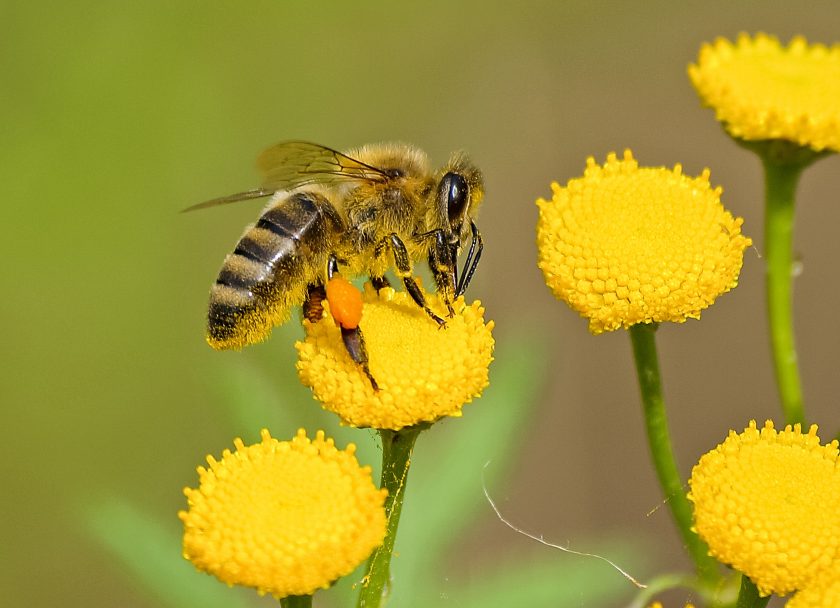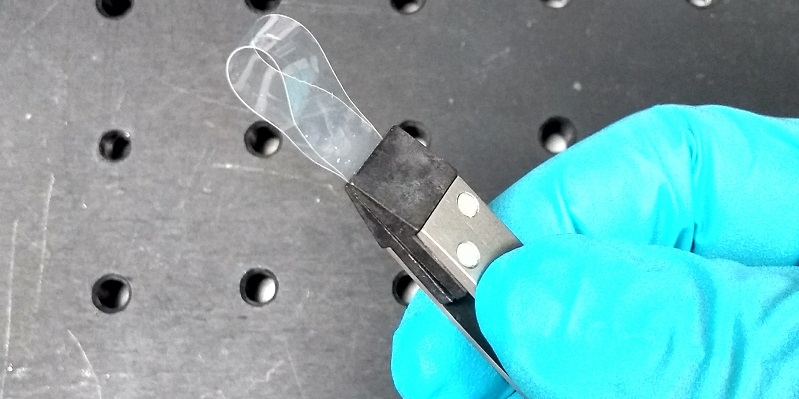
Adhesive can present a problem in high-humidity or low-humidity climates, but Georgia Tech researchers may have found a sticky solution by looking at honey bees.
Bees collect pollen and carry it in bundles that they stick onto their back legs. The pollen stays in place despite rainy, windy or arid conditions. It’s held there by a sticky, natural “glue” made of bee saliva (which is full of sugar from flower nectar) and a plant-based oil called pollenkitt.
Researchers found that the key to this natural glue is that the bee “spit” provides the stickiness, while the oil forms a light barrier that keeps moisture both in and out. With the oil, moisture can’t evaporate from the sticky saliva, which would cause it to dry out and lose its effectiveness. Moisture from the environment also can’t seep into the saliva, which would dilute its stickiness.
To test their theory, the research team removed the oil from the saliva in the lab and tested the saliva alone for stickiness. Interestingly, without the oil, the saliva did not work in either wet or dry conditions, yet the control sample that had the natural mix of the two worked just fine.
“We believe you could take the essential concepts of this material and develop a novel adhesive with a water-barrier external oil layer that could better resist humidity changes in the same way,” explained J. Carson Meredith, a professor in Georgia Tech’s School of Chemical and Biomolecular Engineering. “Or potentially this concept would apply to controlling the working time of an adhesive, such as its ability to flow and time to dry or cure.”
In addition to studying the mixture of ingredients in the natural glue, the team also looked at how the bees remove the pollen once they return to the hive, being that the adhesive works so well. They found that the adhesive seems to be rate-sensitive – the faster you try to remove it, the stronger it holds.
The team’s research was recently published in Nature Communications.
These findings can lead to a new approach for adhesives. What could that mean for the future?
The Innovation, Inspiration & Ideas blog was created to share stories and profiles of companies, products and individuals creating innovation in business through inventive material solutions. For more information on why we launched it, read our blog introduction.
Also in University Research:

Stained Glass Technique Used to Create Bioactive Glass That Fights Bacteria
in University ResearchLeveraging a technique for making stained glass that dates back hundreds of years, a group of researchers at Aston University (Birmingham, UK) have developed a wholly modern weapon in the… Read More

New Material Thickens When Stretched
in University ResearchResearchers from the University of Leeds have discovered a new, synthetic, nonporous material that gets thicker as it is stretched. This is the first synthetic material that is inherently auxetic… Read More
